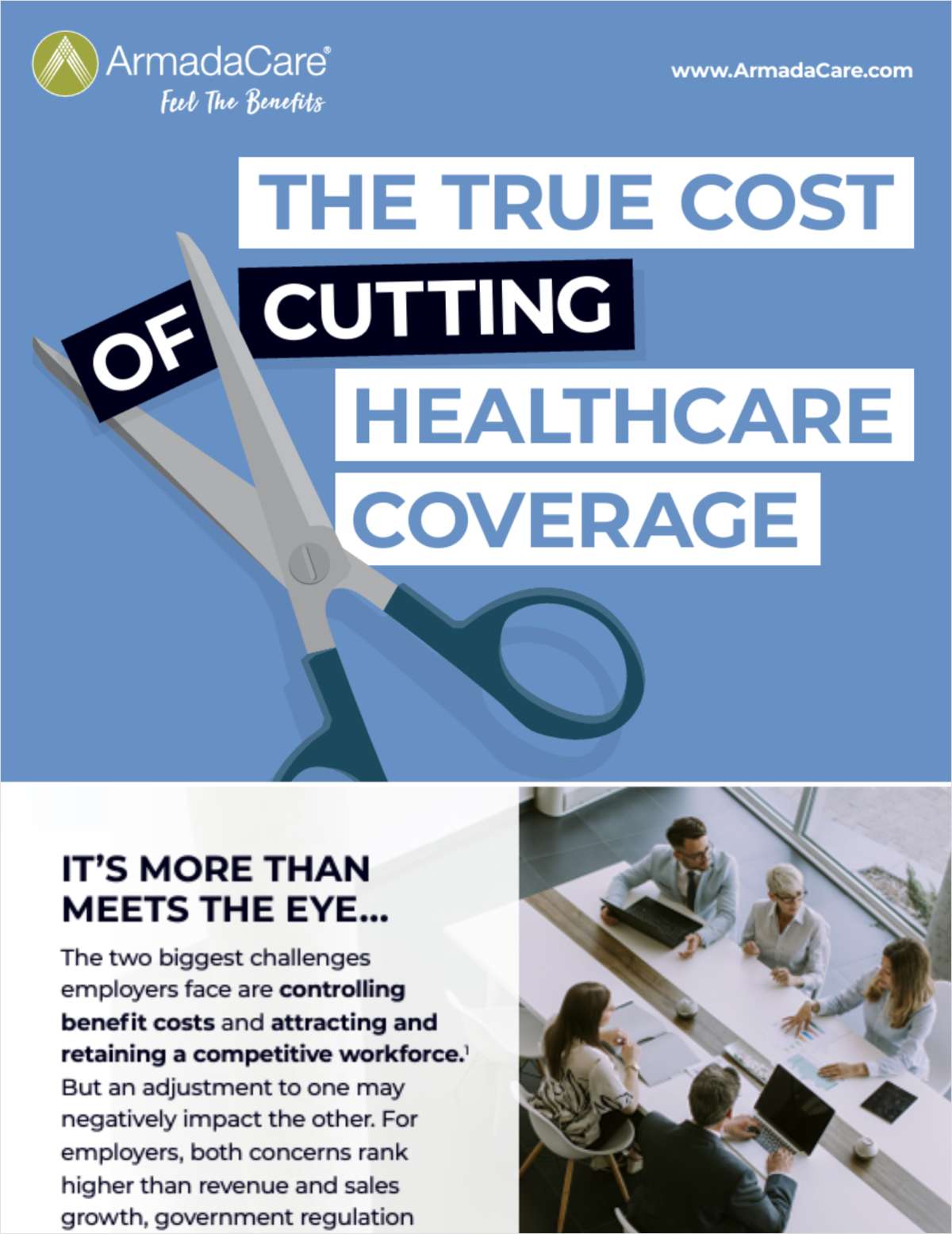
Depression, anxiety, loneliness and pandemic isolation, at the extreme, can have the unfortunate effects of increasing substance use disorder (SUD) in the U.S. In fact, direct costs of SUDs are incurred primarily among the working-age population. In order to understand and improve the medical costs this incurs, plan sponsors will need the information on how it affects the workplace and how to best make decisions on the value of prevention strategies.
A new study authored by Dr. Cora Peterson and Dr. Mengyao Li at the Centers for Disease control, says that in 2018, 2.3 million people had an SUD diagnosis. The annual attributable medical expenditure was $15,640 per affected enrollee and $35.3 billion in the population; alcohol-related disorders ($10.2 billion) and opioid-related disorders ($7.3 billion) were the most costly.
Continue Reading for Free
Register and gain access to:
- Breaking benefits news and analysis, on-site and via our newsletters and custom alerts
- Educational webcasts, white papers, and ebooks from industry thought leaders
- Critical converage of the property casualty insurance and financial advisory markets on our other ALM sites, PropertyCasualty360 and ThinkAdvisor
Already have an account? Sign In Now
© 2024 ALM Global, LLC, All Rights Reserved. Request academic re-use from www.copyright.com. All other uses, submit a request to [email protected]. For more information visit Asset & Logo Licensing.








